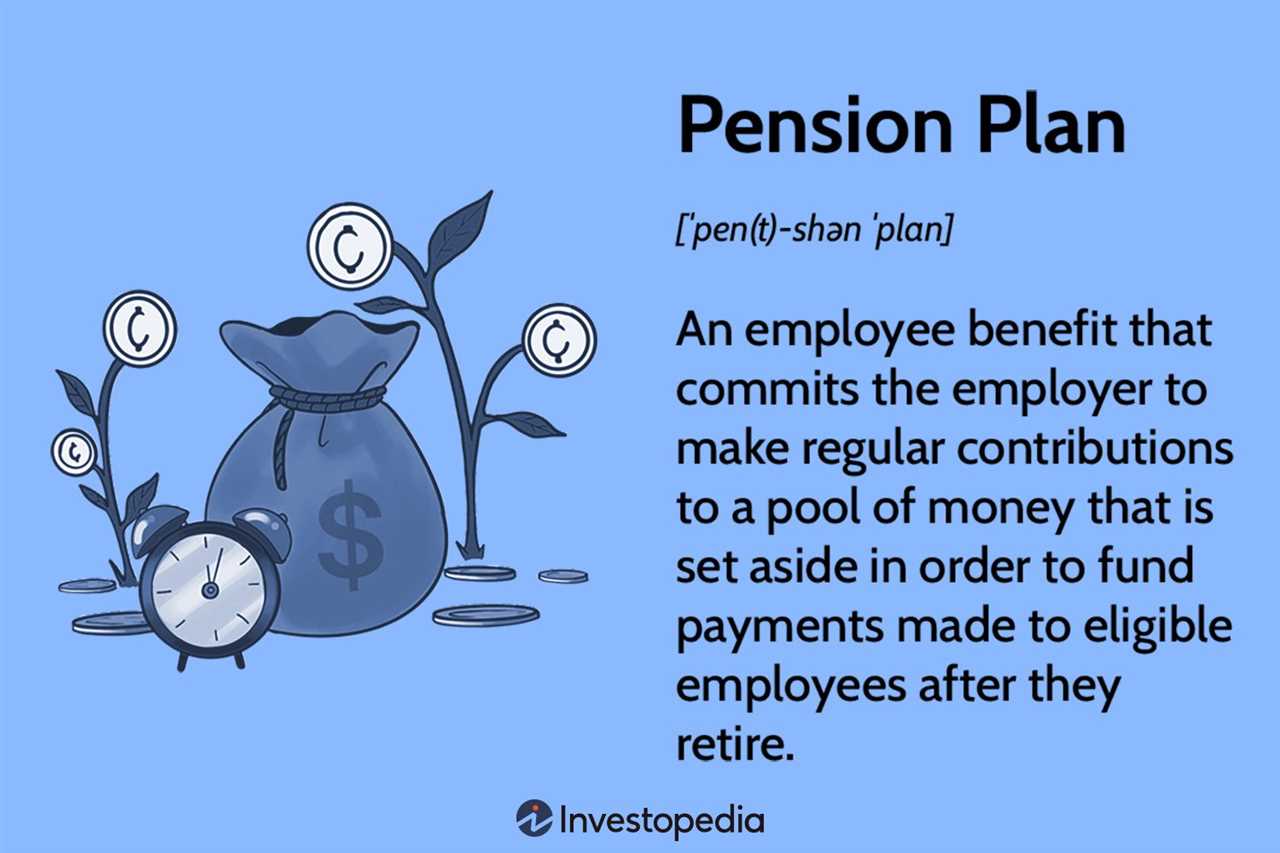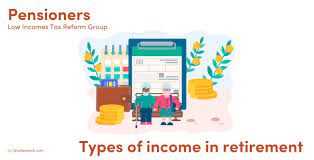Defined Benefit Plans

One of the key features of a defined benefit plan is that the employer bears the investment risk. This means that the employer is responsible for ensuring that there are sufficient funds to pay the promised benefits, regardless of the performance of the investments made with those funds.
Under a defined benefit plan, the employee does not have control over the investment decisions. Instead, the employer manages the investments and assumes the risk associated with them. This can be beneficial for employees who do not have the knowledge or desire to manage their own investments.
Defined Contribution Plans
A defined contribution plan is a type of pension plan in which the employer and/or employee make regular contributions to an individual account for each employee. The amount contributed is typically a percentage of the employee’s salary, and the funds are invested on behalf of the employee.
There are several types of defined contribution plans, including 401(k) plans, 403(b) plans, and individual retirement accounts (IRAs). These plans offer tax advantages, as contributions are typically made on a pre-tax basis, meaning that they are not subject to income tax until withdrawn in retirement.
Another advantage of defined contribution plans is that they are portable, meaning that if an employee changes jobs, they can typically roll over their account balance into a new employer’s plan or an IRA. This allows employees to continue building their retirement savings even if they change employers.
However, one potential drawback of defined contribution plans is that the eventual retirement benefit is not guaranteed. Unlike defined benefit plans, which provide a specific monthly benefit based on factors such as years of service and salary, the benefit in a defined contribution plan is based solely on the amount of money in the account at retirement.
Overall, defined contribution plans offer individuals the opportunity to save for retirement in a tax-advantaged manner and provide flexibility in terms of portability. However, they also require individuals to take on the investment risk and do not guarantee a specific retirement benefit.
Tax Relief on Contributions
One of the key benefits of saving into a pension is the tax relief you receive on your contributions. When you contribute to a pension, you receive tax relief at your marginal rate of income tax. This means that if you are a basic rate taxpayer, for every £100 you contribute, the government adds an extra £25, bringing your total contribution to £125. Higher and additional rate taxpayers can claim even more tax relief.
Taxation of Pension Income
When you reach retirement age and start taking an income from your pension, the way this income is taxed depends on the type of pension you have. If you have a defined contribution pension, the income you receive will be subject to income tax at your marginal rate. This means that if you are a basic rate taxpayer, you will pay 20% tax on your pension income.
Tax-Free Cash Lump Sum
When you reach retirement age, you may be able to take a tax-free cash lump sum from your pension. This lump sum is usually limited to 25% of your total pension pot. The remaining 75% of your pension pot can be used to provide an income, which will be subject to income tax as mentioned earlier.
Inheritance Tax

Finally, it’s worth mentioning that pensions can be an efficient way to pass on wealth to your loved ones. Unlike other assets, pensions are generally not subject to inheritance tax. This means that if you pass away before the age of 75, your pension can be inherited tax-free. If you pass away after the age of 75, your pension can still be inherited, but it will be subject to income tax at your beneficiary’s marginal rate.
| Tax Consideration | Defined Contribution Pension | Defined Benefit Pension |
|---|---|---|
| Tax relief on contributions | Yes | Yes |
| Taxation of pension income | Income tax at marginal rate | Income tax + possible lifetime allowance charge |
| Tax-free cash lump sum | Up to 25% of pension pot | Up to 25% of pension pot |
| Inheritance tax | Generally not applicable | Generally not applicable |

Emily Bibb simplifies finance through bestselling books and articles, bridging complex concepts for everyday understanding. Engaging audiences via social media, she shares insights for financial success. Active in seminars and philanthropy, Bibb aims to create a more financially informed society, driven by her passion for empowering others.
